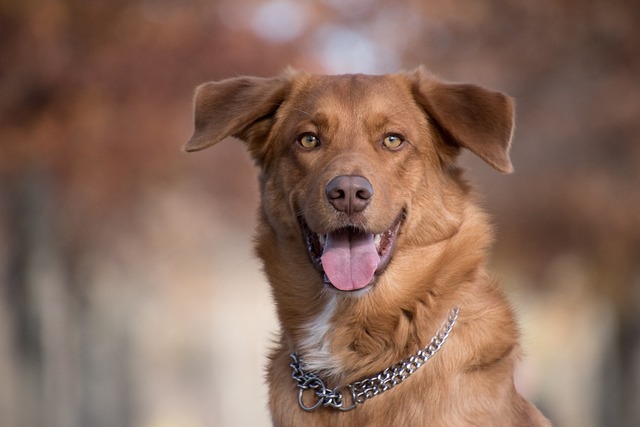
How to prevent dogs from engaging in aggressive behavior towards humans
When a gentle dog suddenly bares its teeth at a passerby or emits a warning growl when a family member approaches,
When a gentle dog suddenly bares its teeth at a passerby or emits a warning growl when a family member approaches, the instant tension and shock will plunge every pet owner into deep self-blame and worry. A dog's aggressive behavior not only poses a safety hazard to others but also severs the originally intimate bond between the owner and the beloved pet. Looking into the dog's wary eyes, we deeply understand that this is not its inherent nature but an external manifestation of inner fear, unease, or misunderstanding. To stop a dog's aggressive behavior, we need professional knowledge as the key and warm love as the bridge to open its heart and reshape the harmonious relationship between humans and dogs.
There are complex and diverse reasons behind a dog's aggressive behavior towards humans. From the perspective of its nature, territorial awareness and protective instincts are important factors. In a dog's perception, its home and the areas where it often moves are its territory. When a stranger steps in, it will regard the other person as a threat and try to drive them away through aggressive behavior. For example, some dogs guard the doorway of their home. Once a delivery person or a visitor approaches, they will bark fiercely and assume an attacking posture. In addition, when a dog feels that its owner, puppies, or companions are in danger, it will not hesitate to launch an attack. There was a usually gentle rural dog that, when its owner was pushed by a drunk person, immediately stood in front of the owner, barked fiercely at the other person, and even made biting movements.
Fear and anxiety are also key triggers for a dog's aggression. A dog may be full of fear of strangers and the environment due to past abuse or scares by humans or a lack of socialization training. When it feels scared, it will choose to use aggression as a defensive measure. For instance, a stray dog that has been abandoned will tense up and emit a warning growl whenever someone suddenly reaches out in its new home. Moreover, when a dog is unwell and in pain, its mood will become extremely irritable. At this time, if someone touches it unintentionally, it is very likely to trigger aggressive behavior. For example, an elderly dog with severe arthritis may bite when being picked up due to unbearable pain.
To stop a dog's aggressive behavior, it is necessary to deeply understand its behavior patterns and emotional state and find the root cause of the aggression. The owner can observe the dog's daily performance and record information such as the time, place, and triggering factors of the aggressive behavior to provide a basis for subsequent intervention. If the owner cannot judge by themselves, it is crucial to seek the help of a professional veterinarian or dog trainer. They can accurately identify the problem through professional assessment.
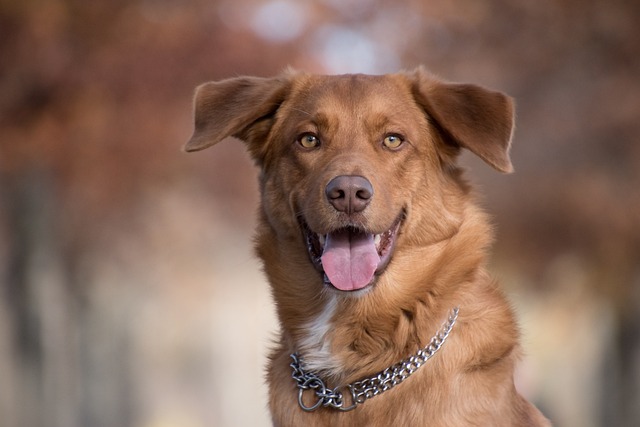
Corresponding solutions should be taken for aggressive behaviors caused by different reasons. For dogs that show aggression due to territorial awareness and protective instincts, the owner should establish their status as a "leader". In daily life, control the distribution of resources. For example, when feeding, let the dog wait quietly and eat only after receiving an instruction. When going out, the owner should go first to let the dog understand that you have control over the environment and resources. At the same time, carry out socialization training. Invite familiar friends to gradually approach the dog's "territory" and give the dog snacks as a reward each time, so that it can associate the appearance of strangers with positive experiences and gradually weaken its territorial protection awareness.
When a dog shows aggressive behavior due to fear and anxiety, providing a sense of security is the key. Avoid forcing the dog to contact things that scare it. Instead, create a quiet and comfortable environment and interact with it in a gentle tone and with slow movements. Give rewards in a timely manner when it shows a relaxed state. Positive desensitization training can also be carried out to let the dog gradually adapt to the scenes it used to be afraid of. For example, for a dog that is afraid of strangers, start by having a stranger feed it from a distance and gradually shorten the distance, ensuring that the dog is in a comfortable state at each step to help it overcome its fear.
If a dog's aggressive behavior is caused by pain or illness, the owner should immediately take it to a pet hospital for a comprehensive examination. During the treatment period, pay special attention to avoiding touching the dog's painful areas and give more care and attention. When the dog recovers from its illness, the aggressive behavior caused by pain will also decrease.
In the process of stopping a dog's aggressive behavior towards humans, positive training methods are the most effective means. When a dog remains calm in a situation that may trigger aggression and does not show aggressive actions, immediately give it food rewards, praise, and strokes to strengthen its correct behavior. For example, when a stranger approaches and the dog no longer barks aggressively but sits quietly, the owner should immediately give it snacks and praise it by saying "good boy". At the same time, avoid using violent punishment, because scolding and hitting not only cannot solve the problem but also exacerbate the dog's fear and aggression, making the situation worse.
Stopping a dog's aggressive behavior towards humans is a "protracted war" that requires patience and wisdom. Every bit of progress in the dog, even a small change, embodies the owner's efforts and love. When you see a dog that was once aggressive now getting along friendly with family members and strangers and wagging its tail warmly to welcome every kind approach, all the efforts will turn into the warmest rewards. In the journey of accompanying the dog, we are not only its owner but also its guardian and guide. Use professional knowledge to dispel its unease and endless love to reshape its trust, and jointly write a harmonious and beautiful chapter of life.

When a gentle dog suddenly bares its teeth at a passerby or emits a warning growl when a family member approaches,
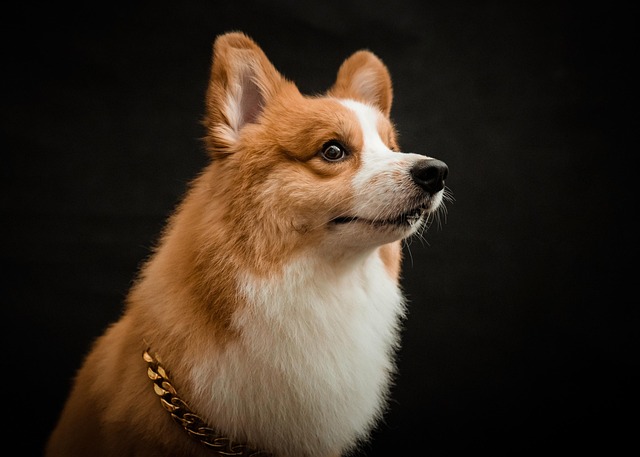
When the owner is looking forward to the dog sleeping peacefully in the airline box, but the dog whimpers, scratches, or avoids the airline box, every pet owner feels helpless and distressed.
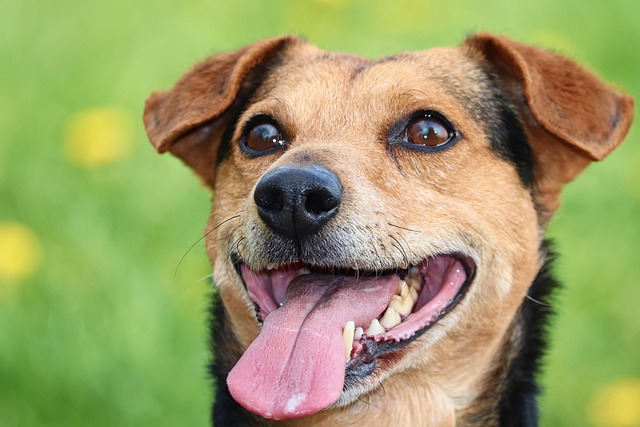
When you finish a busy day and open the door, the dog rushes towards you like a small cannonball, jumps up enthusiastically and pounces on you.

When you carefully pick up the nail clippers and approach the dog, it suddenly bares its teeth, growls, and even tries to struggle and bite you.
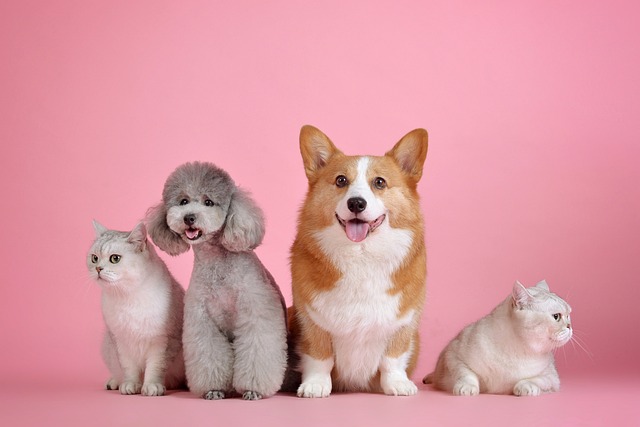
When you happily reach out to hug your dear dog, but suddenly it bares its teeth, growls, or even bites you; or when a child in the family approaches to play
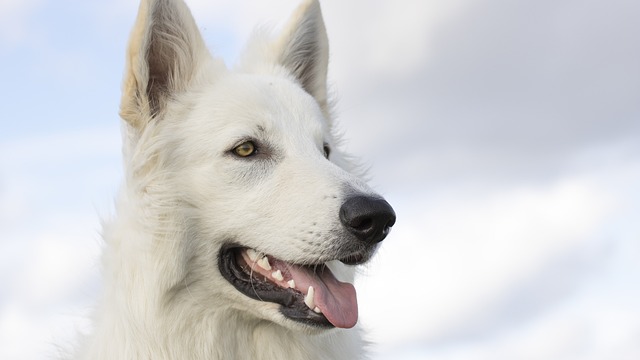
When you get up in the morning and see the "masterpiece" of the dog on the floor, or when you get home from work and are greeted by the pungent odor and the messy scene,